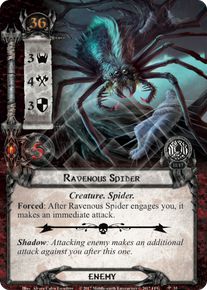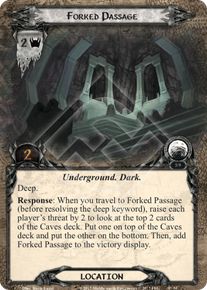AFAIK your most recent major ruling on progress placement during quest resolution is the following: "So from now on, the active location must be fully explored before placing any progress on the current quest. That means you will resolve any effects that trigger as a result of the active location being explored before placing any progress on the quest."
What if the current quest changes as a result of exploring the active location? e.g., Quest 1B of The Withered Heath has 6 progress, no Dragon Sign in the victory display but the active location is guarding a Dragon Sign. I successfully quest with a margin of 1 progress above what it takes to explore the active location. If I'm reading it right, your ruling above indicates that I should place the progress that explores the active location—leaving 1 pending—which frees up the Dragon Sign, which goes to the victory display as a constant effect, which lets the constant effect of quest 1B fire, which advances the current quest to quest card 2. I still have 1 progress pending.
Do I place it on quest 2B? Or was it "assigned" to quest 1B, which is no longer around, therefore losing me that progress? Thanks!
QuoteProgress is still placed on the active location and the quest simultaneously. What I addressed in my ruling was the order of resolution from that point. In the past, I interpreted the rules very strictly as written by insisting that if there was enough progress on the quest to advance that players should do that before resolving anything to do with exploring the active location. That proved to be very unintuitive, so I reversed my ruling to say that players should first resolve any consequences of exploring the active location, and then resolve the progress on the quest.
However, since the progress is still placed simultaneously, if exploring the active location should cause you to advance to the next stage, any progress you had placed on the previous stage will be lost.
Great question! I will make sure that the next FAQ update includes this information.
Cheers, Caleb




